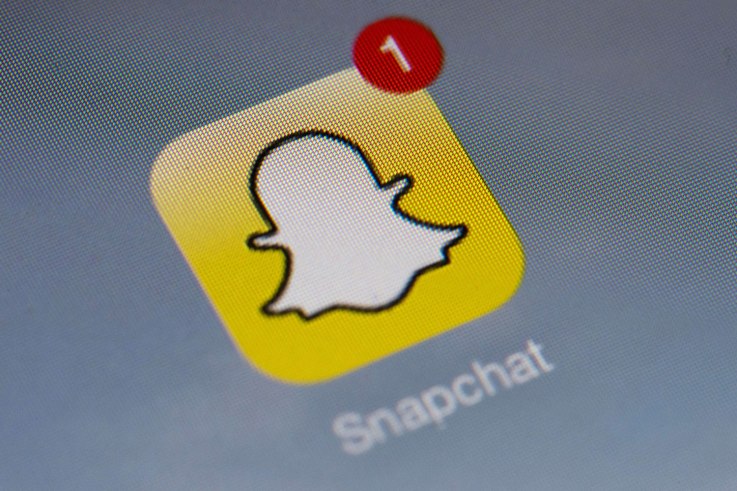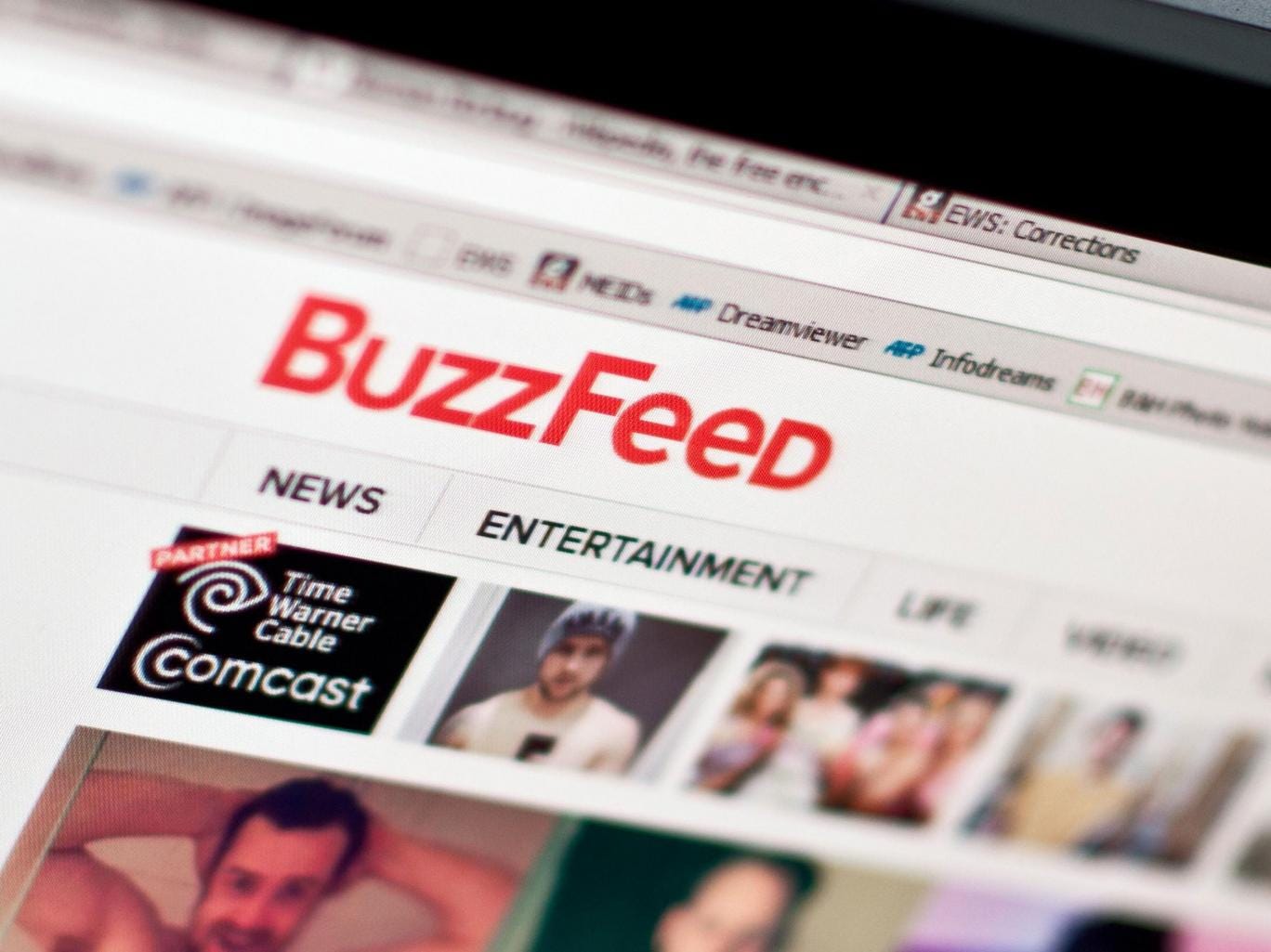"Is reality becoming more real?" MM30 pg55
Examples
- Rodney King case - LAPD
- Asian Tsunami - Dec 26 '04
- London bombings - Jul 5 '05
- Mumbai bombings - Nov '08
- Hudson river plane crash - Jan 15 '09
Theory
- Two-step flow model and hypodermic needle model transgressed by NDM providing audiences active opportunities
Benefits to institutions
- Social networking sites - increased engagement and functionality on UGC
Benefits to audience
- Opportunity to report, share and discuss actively
Wider issues and debates
- Police racism towards Afro-Americans
Socio-historic-eco-political
- Bourgeoisie, systematic oppression
- Power of the canon - The white man
-
1) What is meant by the term ‘citizen journalist’?
General public adopting the role of actively publishing/sharing reports of news.
2) What was one of the first examples of news being generated by ‘ordinary people’?
The Rodney King incident in New York.
3) List some of the formats for participation that are now offered by news organisations.
Offered uploads/submissions of news info/videos/pictures/audio, discussions on online forums and social media.
4) What is one of the main differences between professionally shot footage and that taken first-hand (UGC)?
Professionally shot footage is usually constrained and curated according to institutional values whereas UGC is raw and original (in most cases).
5) What is a gatekeeper?
Regulator of published news content
6) How has the role of a gatekeeper changed?
Chance for self-representation and the audience can choose for themselves what is 'news' instead of the institutional gatekeepers regulating the information shared around in the industry.
7) What is one of the primary concerns held by journalists over the rise of UGC?
Journalists fear the redundancy of their jobs due to the reduced requirement of trained staff at news organisations.
-
What impact is new/digital media having on the following:
News stories are now available in a larger variety than ever on the abundance of forums/blogs and online sources through social media platforms
- the news agenda (the choice of stories that make up the news)
The traditional news agenda does no longer hinder the variety of news accessible for the general public and niche audiences
- the role of professionals in news
Professionals in the news industry must strive to acquire roles which are integrated with the uprising relevance of NDM
 Snapchat Responds To Chatter About Privacy Policy Change
Snapchat Responds To Chatter About Privacy Policy Change This new Instagram feature is an attempt from Facebook to compete with Snapchat’s Discover feature, and the recently launched Live Stories. The feature shows topics and events with participants that broadcast videos and photos to the rest of the community - a new way of crowdsourcing to collect news stories. Product of competition in new and digital media to gain producing audiences which rejoice in service use.
This new Instagram feature is an attempt from Facebook to compete with Snapchat’s Discover feature, and the recently launched Live Stories. The feature shows topics and events with participants that broadcast videos and photos to the rest of the community - a new way of crowdsourcing to collect news stories. Product of competition in new and digital media to gain producing audiences which rejoice in service use.






